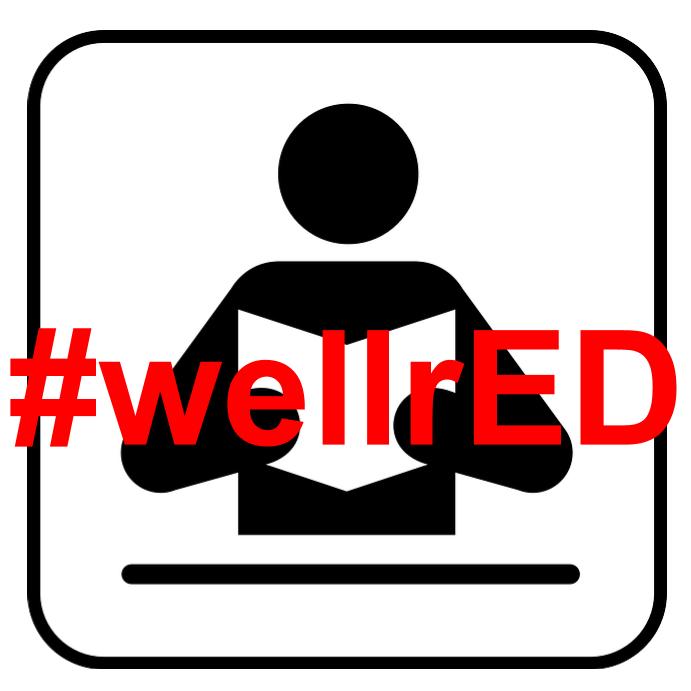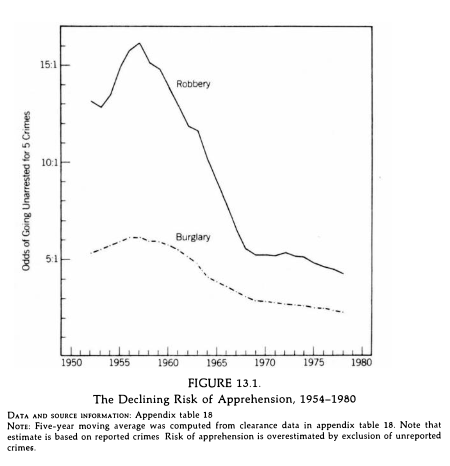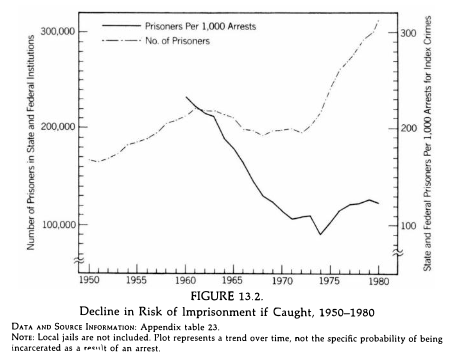39: What is one object that you have lost that you wish you could get back? #LifeWideLearning16 @mrchase
— Ben Wilkoff (@bhwilkoff) February 8, 2016
Are there books you can read more than once? I’m talking outside of the fervor with which you approached Harold and the Purple Crayon or Dr. Seuss as a child. Are there books that keep bringing you back to their pages for more?
For me, the list is incredibly few. At its top sits The History of Rasselas, Prince of Abissinia. I won’t pretend that an 18th Century book by Samuel Johnson first published in serial form fits my go-to profile for favorite books. This one, though, is an example of the right book at the right time.
Rasselas and I first became acquainted during Fall semester of freshman year in college. The prof who taught my required Foundations of Inquiry course was also an 18th Century Brit Lit scholar, and he used a quotation from Rasselas at the top of his syllabus.
Our discussion of that quotation on the first day of class influenced a line of thinking for me that was something like, “College. Okay, yeah. I see how I could like it here.” And, I did.
I found Rasselas on the shelves of the local used book store and devoured it over winter break (a tradition I kept for many years after). The book became my gift of choice when friends faced major life choices and changes. I have no knowledge of whether or not any of them read the book, but handing it to them was an act of saying, “This was a flashlight when I needed it. I hope it can be the same for you.”
While I compulsively searched every used bookstore I encountered for more copies to add to my stock, one version, a small, light green edition stayed on my shelves with my notes in the margins. While not the, this was my first edition. We’d been on the journey together. We’d conversed about the importance of making your choice and being content.
Then, I gave it away. At a moment of realizing someone else needed it more than I did, I handed that edition off, hoping the combination of Johnson’s words and my margin notes might offer more than a clean copy could.
I miss that book. Since handing it over, I’ve not found another edition of Rasselas. We haven’t spent this much time apart since we met in college. Until we meet again, I’m trying my best to remember the lessons we learned together.
This post is part of a daily conversation between Ben Wilkoff and me. Each day Ben and I post a question to each other and then respond to one another. You can follow the questions and respond via Twitter at #LifeWideLearning16.






